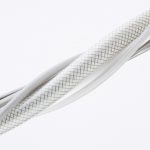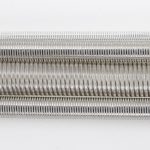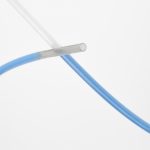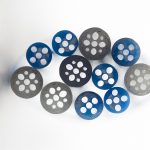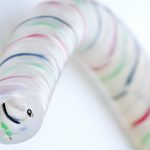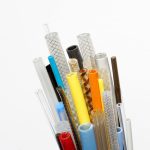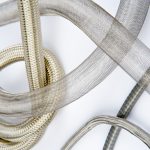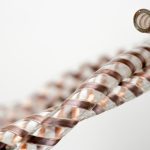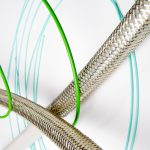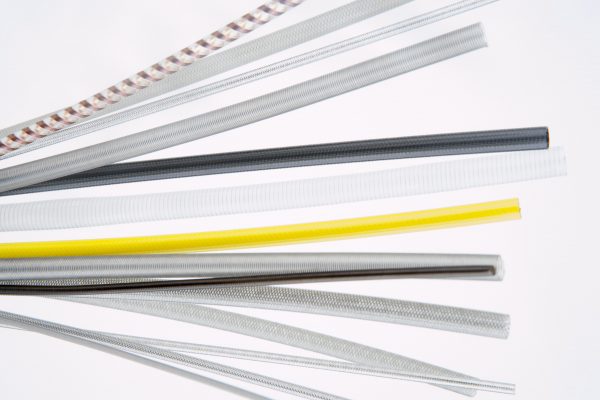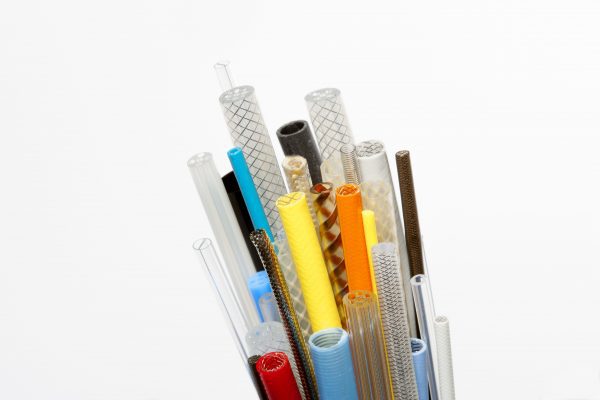John Wickham, the British urologist who coined the term minimally invasive surgery, wrote this in 1987: “Surgeons applaud large incisions and denigrate ‘keyhole surgery’. Patients, in contrast, want the smallest wound possible, and we at Britain’s first department of minimally invasive surgery are convinced that patients are right.”
Minimally invasive surgery reduces blood loss, shortens recovery time and reduces in-patient time at the hospital. It also reduces the risk of infection, and gives the patient less scarring and less pain, which in turn, reduces the need for pain and antibiotic medications.
Minimally invasive surgery has become the preferred choice for scores of surgical procedures. It’s used in bariatric (gastric bypass) surgery, hernia repair, urological treatments, colon resection, gallbladder removal, tumor removal and is favored as the preferred treatment for many gynecological, pulmonary and cardiac conditions. Many of these surgeries can be done with incisions of no more than a few millimeters.
Every form of minimally invasive surgery uses some kind of tubing that is inserted into the patient’s body. Tubings can deliver stents, as in balloon angioplasty. They may provide a camera, illumination, and tools to manipulate the patient’s internal anatomy, as in an ablation or resection. The very design of tubing is what makes minimally invasive surgery possible.
Our eTubing® offerings are designed to further enhance today’s minimally invasive and robotic surgeries. eTubing® adds elements such as ultra-miniature coaxial cables, high frequency cables, thermocouples, and high strength/high flex alloys to provide more functionality in the same tubular cross-section. These eTubing® designs can even add analog and digital transmission of electrical signals for sensor capabilities, powering devices, and temperature/oxygen monitoring features by incorporating customized wires or cables within the wall of the tube itself.
No matter the nature of your product or project, we’re standing by, ready to help. Our decades of R&D coupled with extensive testing have amassed volumes of data that will help you make a decision between off-the-shelf or custom-designed tubing. We invite you to contact us to open discussions on the tubing design that best meets your requirements.
